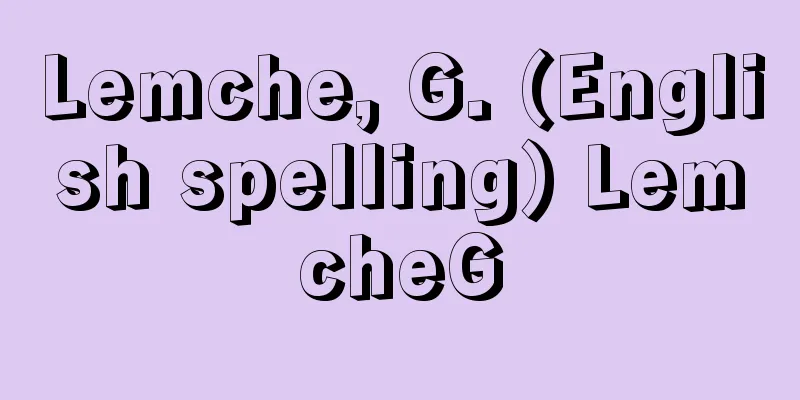Ruska, E. (English spelling) RuskaE

|
...a device that uses electrons instead of light and electron lenses instead of optical lenses to create a magnified image of an object. In 1926, H. Busch of the University of Jena in Germany published the theory of the electron lens. Based on this theory, E. Ruska and his mentor M. Knoll created the world's first electron microscope at the Technical University of Berlin in 1932, combining an electron source and an electron lens. In 1939, the first commercial electron microscope was released to the world by the German company Siemens. *Some of the terminology that mentions "Ruska, E." is listed below. Source | Heibonsha World Encyclopedia 2nd Edition | Information |
|
…光のかわりに電子を用い,光学レンズのかわりに電子レンズを用いて物体の拡大像を作る装置。1926年ドイツのイェーナ大学のブッシュH.Buschによって電子レンズの理論が発表され,その後,この理論に基づき,32年,ベルリン工科大学においてルスカE.Ruskaは,その指導者クノルM.Knollとともに電子源と電子レンズの組合せによる世界最初の電子顕微鏡を作った。そして39年には,ドイツのジーメンス社によって商品として第1号機が世に送り出された。… ※「Ruska,E.」について言及している用語解説の一部を掲載しています。 出典|株式会社平凡社世界大百科事典 第2版について | 情報 |
Recommend
Count of Floridablanca - Conde de Floridablanca
1728‐1808 Spanish politician. His real name was Jo...
Amino Resin - Amino Resin
A general term for thermosetting resins produced ...
Sophora japonica - Sophora japonica
A deciduous tall tree of the legume family. Native...
Matthews, GVT
…G. Kramer of Germany placed starlings in a circu...
Atrophic alopecia - Atrophic alopecia
...(7) Alopecia associated with other skin diseas...
Referrer
…(1) A type of sign used in communication. In gen...
Water ballet
… [history] In England and Germany, starting arou...
Kiriuji - Kiriuji
…They appear twice a year, in spring and autumn. ...
Jones, A.
…On the other hand, G. Sutherland, Lucien Freud (...
Lotus corniculatus (English name) Lotus corniculatus var. japonicus; bird's-foot trefoil
A perennial plant of the legume family. It is also...
umore
…The original word for English humor (or humor in...
Seborrheic eczema - Seborrheic eczema
Eczema occurs on the head, face, ear canal, armpit...
Metallurgy - yakin (English spelling) metallurgy
A general term for the technology of producing me...
Sokutai - formal attire
Formal attire for male nobles. Worn by those who ...
Myoma of the Heart - Myoma of the Heart
...This menorrhagia is most severe when the fibro...




![Fujieda [city] - Fujieda](/upload/images/67ccb22f5fb04.webp)




